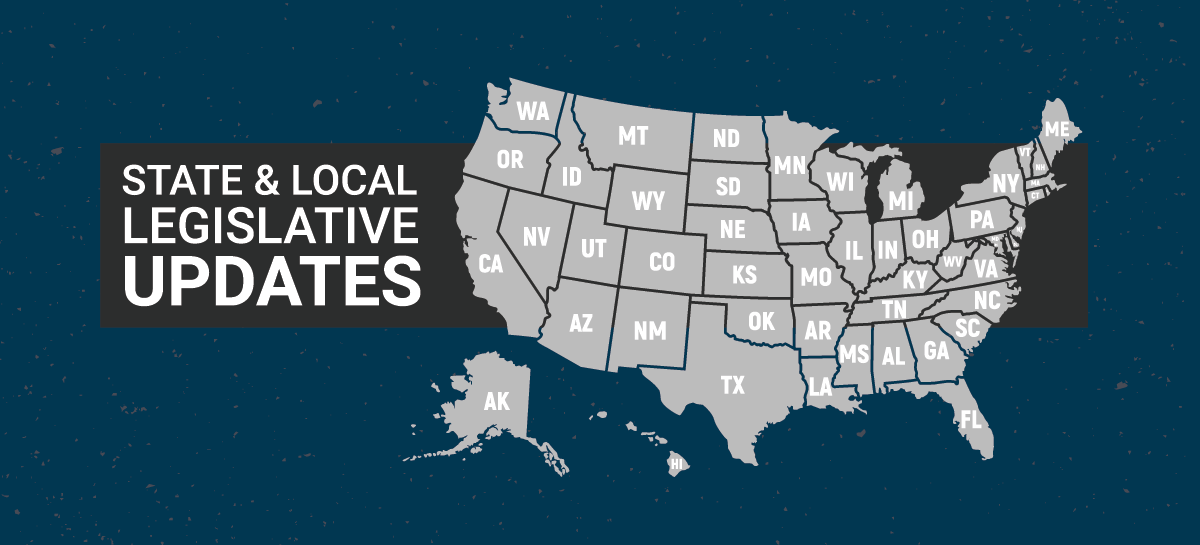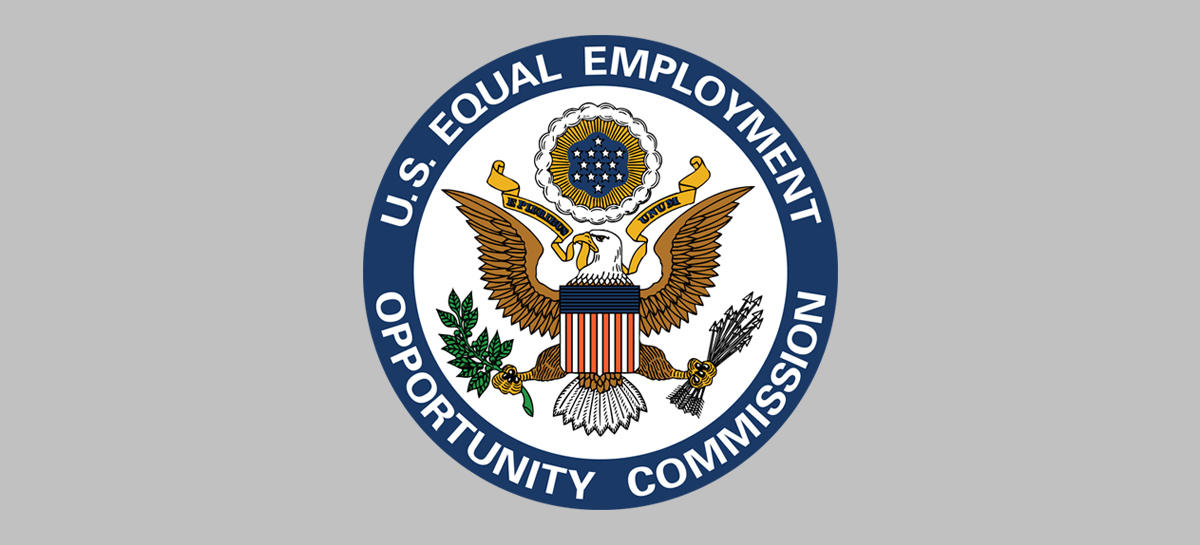
A recent report by JLL, a global commercial real estate and investment management company, found that U.S. workers now spend an average of two days per week in the office. This is consistent with recent findings from management consulting company McKinsey & Co. that revealed spending half of working time in the office was the ideal setup for hybrid work, balancing employees’ wants and expectations of flexibility with the isolation of working remotely full-time.
Survey Findings – JLL reported that 87% of organizations are encouraging employees to work on-site at least some of the time. In fact, just 20% of employees work fully remotely or fewer than two days in the office per week, a decrease from 39% two years ago. This indicates that hybrid work is likely to remain popular as organizations increasingly push employees to return to the office in 2024.
Continue reading






